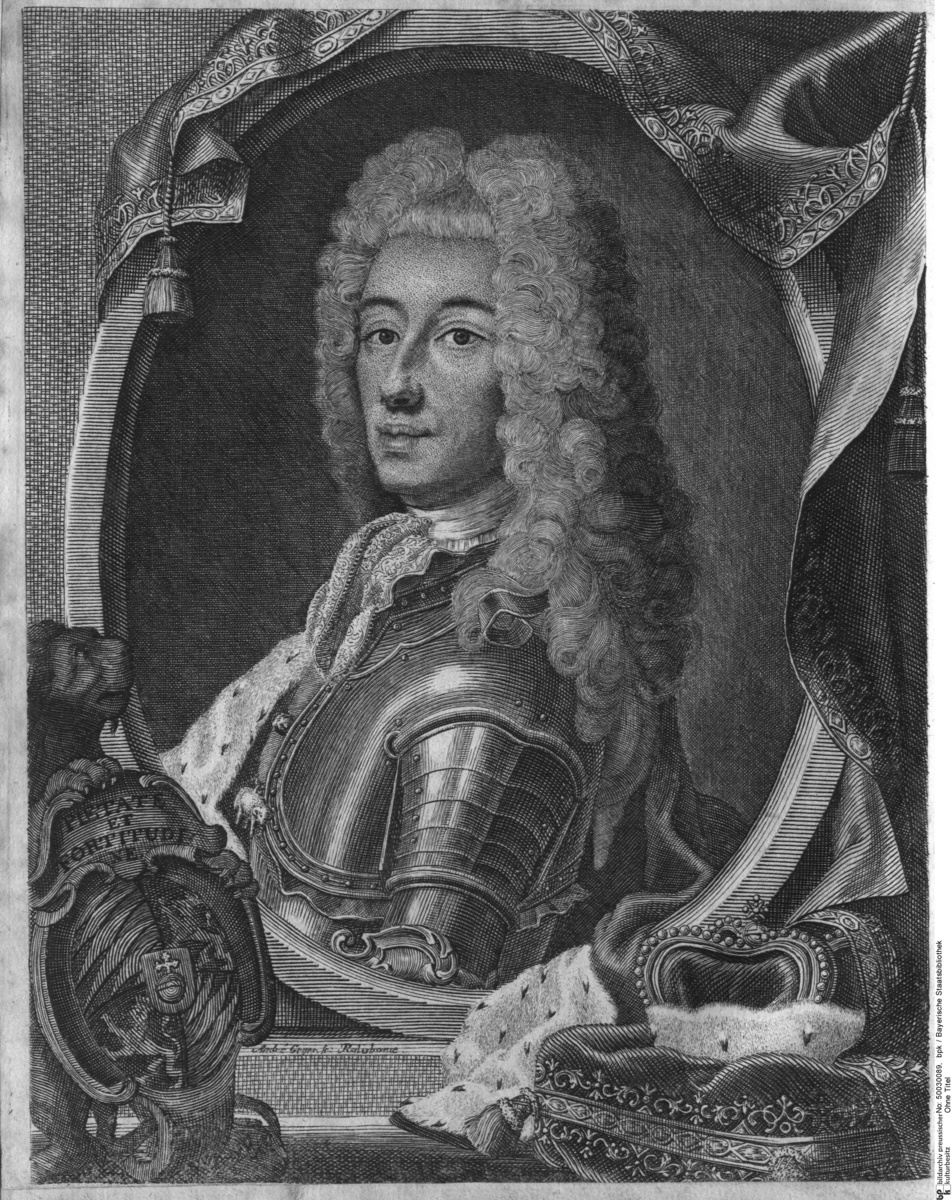Abstract
The Wittelsbach Charles Albrecht was the Elector of Bavaria and the
son-in-law of the Habsburg Holy Roman Emperor Joseph I (r. 1705-11). He
was put forward as the candidate for the throne of Holy Roman Empire
upon the death of Charles VI on October 20, 1740 (r. 1711-40). During
the last decades of Charles VI’s reign, Austrian diplomacy had
endeavored to persuade all the European powers to accept his so-called
Pragmatic Sanction of 1713, which aimed to secure the succession of his
daughter Maria Theresa to the Austrian (and thus, indirectly, to the
imperial) throne by stipulating the right of male or female
primogeniture. During Charles VI’s lifetime, Charles Albrecht had
promised to guarantee the Pragmatic Sanction. After the Emperor’s death,
however, Charles Albrecht contested it and joined Frederick II (“the
Great”) of Prussia, the elector of Saxony, the king of France, and a
number of other European powers in an alliance against Maria Theresa. As
a result of this alliance, Charles Albrecht of Bavaria was eventually
crowned Holy Roman Emperor Charles VII in 1742. His reign was
short-lived, lasting only until 1745. Notably, he was the only member of
the Bavarian Wittelsbach dynasty to rule the Holy Roman Empire in the
modern era. This half-length portrait shows Charles VII with his coat of
arms (left), which reads “Pietate et fortudine” – “with piety and
endurance.”
